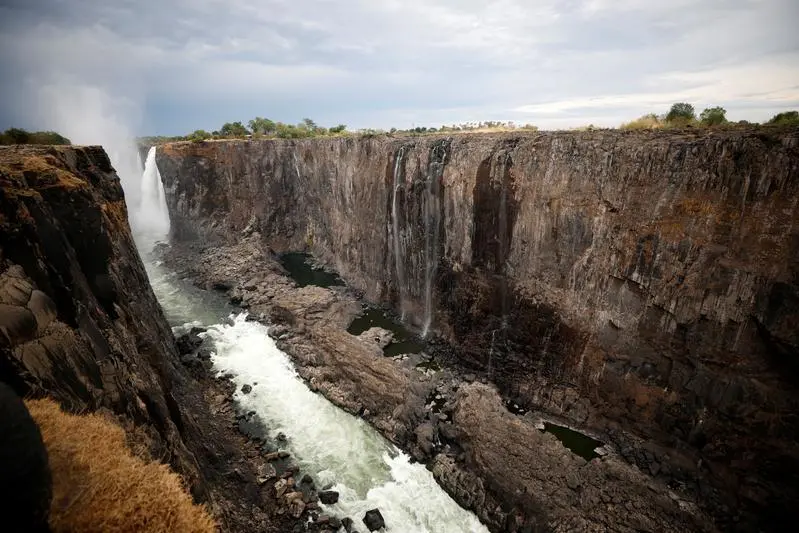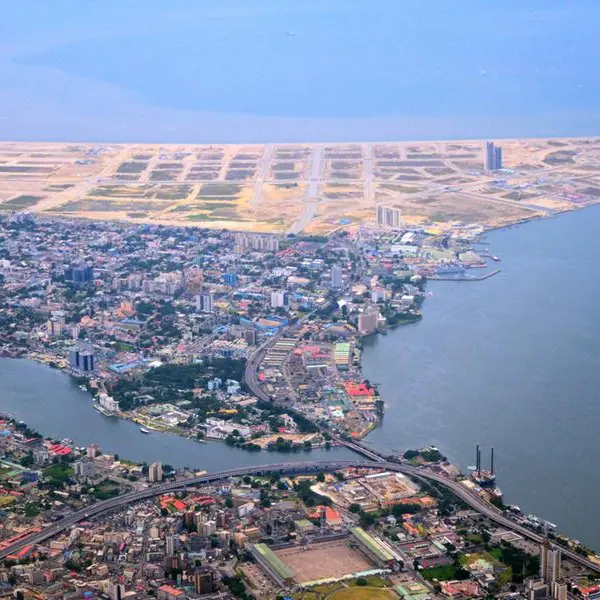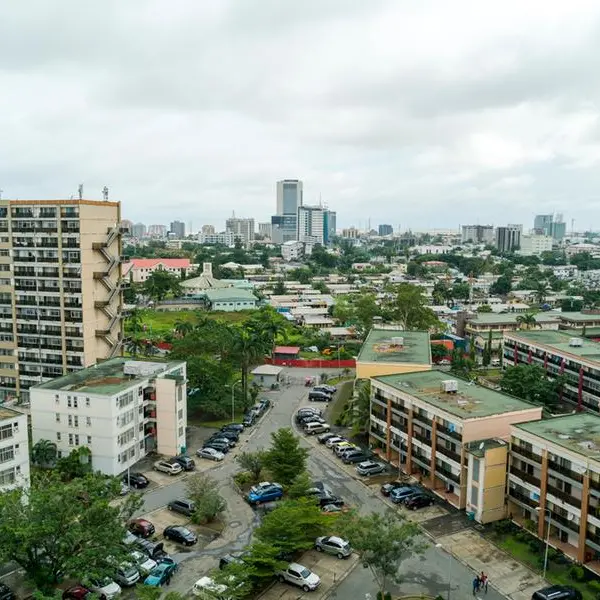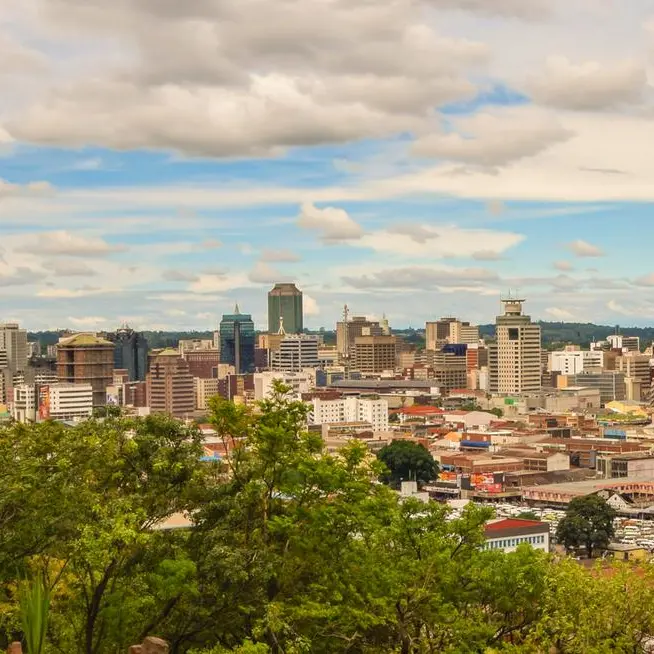PHOTO
The maize meal porridge that their mother had previously blended with peanut butter and sugar for them is now a thing of the past for scrawny 13-year-old Nesbit Chigariro and his three siblings.
The family barely has enough food for a single meal a day, as the El Nino-induced drought sweeping southern Africa has pushed them to the wobbly edge of survival.
Miranda Chigariro, Nesbit’s 33-year-old mother, told Health Policy Watch that her children had fallen sick all at once earlier this year and nurses at a local clinic told her that they all suffered from kwashiorkor, a severe form of malnutrition.
The Chigariro family lives in Caledonia, an informal settlement 17 km east of the Zimbabwean capital, Harare. Harare is home to nearly two million people, many battling starvation as a result of the latest drought.
Regional crisis
Many parts of southern Africa are contending with intense food shortages following the drought that has devastated crops during the region’s peak agricultural season from October 2023 to March 2024.
The UN’s Food and Agriculture Organization (FAO) predicts that 33 African countries, including Zimbabwe and Zambia, will require outside help to address food insecurity.
“Many parts of Southern Africa are abnormally dry, with drought in eastern Angola, western and central Zambia, northeastern Namibia, northern Botswana, much of Zimbabwe, central Mozambique, central and eastern South Africa, and Lesotho,” according to the latest report (22-28 March) from the Famine Early Warning System (FEWS)
The El Nino phenomenon is triggered by the warming of the Pacific Ocean off the coast of South America, resulting in much less rainfall across many African countries and excessive rainfall in other parts of the world.
The governments of neighbouring Malawi and Zambia have already declared states of emergency because of drought and the Zimbabwean government is also believed to be contemplating this.
The drought has also reduced people’s access to clean water, causing cholera outbreaks. By mid-March 2024, a total of 28,556 cholera cases had been reported and 589 deaths from 62 districts across the 10 provinces, according to the United Nation’s children’s agency, UNICEF.
Insufficient aid
In January, the United States Agency for International Development (USAID) announced a contribution of $11.27 million to the World Food Program (WFP) in Zimbabwe aimed at food aid for approximately 230,000 of the most vulnerable people across the hardest-hit districts, including Mwenezi, Mangwe, Chivi and Buhera.
This was supplemented by a $1.36 million contribution to the WFP by the Japanese government in February.
But this is a drop in the ocean as around a quarter of the population – 4.1 million Zimbabweans – teeter on the brink of food insecurity.
Amongst these millions are Nesbit and his three siblings, aged 10, six, and one, each facing the gnawing ache of hunger every day.
Nesbit’s parents sell sweets and popcorn on the streets in central Harare. If the siblings are lucky, they may get plain and unsweetened maize meal porridge once in a while.
The children are emaciated with jutting-out bellies that show their malnourished state.
Worst off is Nesbit’s one- year-old sister, who was weaned early because her mother, Miranda, could no longer produce adequate breast milk to feed her owing to hunger.
Miranda blames the drought for the family’s predicament, explaining that she and her husband rarely had enough to feed their children, let alone themselves.
“Our field, from which we have often harvested some maize each year, has produced nothing for us this time around, while very few people are buying from us these days as we sell our wares in the city,” Miranda told Health Policy Watch.
Looking thin and frail, Miranda said the family had been bashed by hunger that had worsened in the past three months.
Her malnourished husband, 37-year-old Dickson Chigariro, said that they only eat once at dinner time when they return home to their children.
A result of perpetual starvation and stress, Dickson and Miranda both suffer from stomach ulcers.
Inflation fuels hunger
With the cost of food ever rising, Zimbabwe’s inflation rate stands out at over 1,000%, the highest in the world, according to Professor Steve Hanke, a US economist at Johns Hopkins University.
In 1992, another drought killed over a million cattle in this country and many malnourished people turned to donors to help them survive.
But even as many Zimbabweans both in urban and rural areas are suffering, the government has remained adamant that nobody will succumb to hunger.
“Cabinet wishes to assure the nation that there will be enough grain before the commencement of the next maize or traditional grains intake in April 2024,” Zimbabwe’s Information Minister, Jenfan Muswere, told reporters last month after a Cabinet meeting.
Not long after Muswere made the claims about food self-sufficiency, Zimbabwe received a donation of 25,000 tonnes of wheat and 23,000 tonnes of fertiliser from Russia.
Zimbabwe’s Agriculture Minister, Anxious Masuka, has also been on record in the media claiming that the southern African nation holds 190,000 metric tonnes of maize in its grain silos.
Yet with many Zimbabweans like the Chigariro family enduring hunger, government officials have played hide-and-seek games with the media, evading questions about the mounting hunger-related ailments.
“Thanks for your questions. However, the Ministry of Public Service and Social Welfare is most appropriate,”Donald Mujiri, a spokesman in the Ministry of Health, said in an emailed response to Health Policy Watch.
‘Nobody talks about it’
Malory Chagwiza, a trained nurse who volunteers as a community health worker because he cannot find work, said that the drought had also meant people were short of drinking water, which was causing dehydration.”
“Food insecurity is leading to malnutrition, which has negatively impacted the majority of people’s immune systems, rendering them susceptible to diseases. Some are already dying from the underlying effects of hunger, with nobody talking about it,” claimed Chagwiza.
Heatwaves and lack of water are also causing food-borne diseases as a result of food vendors operating under unhygienic conditions, he added.
Zimbabwe has also seen a surge in cholera cases, usually caused by people’s lack of access to clean water.
While the Zimbabwean authorities are indecisive about whether to declare the drought a state of disaster, there is grim evidence of this disaster in the country’s starving population.
“We can only endure, resting in the comfort that there are many like us here, some of whom are even worse,” said Miranda, from her disintegrating shack.
As Health Policy Watch, left she held a small bottle filled only with water to her one-year-old’s mouth.
© Copyright The Zimbabwean. All rights reserved. Provided by SyndiGate Media Inc. (Syndigate.info).





















